DOE Inspector General Releases Report about Failure of Waste Procedures Resulting in Indefinite WIPP Shut Down
CCNS NEWS UPDATE
Runs 10/3/14 through 10/10/14
(THEME UP AND UNDER) This is the CCNS News Update, an overview of the latest nuclear safety issues, brought to you every week by Concerned Citizens for Nuclear Safety. Here is this week’s top headline:
- DOE Inspector General Releases Report about Failure of Waste Procedures Resulting in Indefinite WIPP Shut Down
In a hard-hitting special inquiry report, the Inspector General of the Department of Energy (DOE) cites major flaws in the procedures used by Los Alamos National Laboratory (LANL) to develop, approve and change its waste characterization requirements that led to the indefinite shut down of the Waste Isolation Pilot Plant (WIPP) on February 14th, following the explosion of at least one waste drum from LANL. http://energy.gov/ig/downloads/management-alert-doeig-0922 It contained plutonium and other radionuclides, which were detected one-half mile from the facility.
Written procedures are the foundation for operating nuclear facilities. There are procedures about how to develop them, about how they are approved, and how they may be changed. Failure of DOE and its LANL and WIPP contractors to follow the fundamental procedures can result in accidents that shut down key facilities, such as WIPP. The Inspector General also cites the failure of management to properly oversee the written procedural process.
The report says, “Of particular concern, not all waste management procedures at LANL were properly vetted through the established procedure revision process nor did they conform to established environmental requirements.” The environmental requirements include compliance with the hazardous waste permits issued by the New Mexico Environment Department (NMED) for LANL and WIPP. The permits contain extensive requirements for understanding the characteristics of the waste through documentation and testing before it may be shipped off-site. If the waste will not meet the shipment requirements, LANL is allowed to treat the waste, if it follows permit requirements. The critical requirement is that all the treatment must be compatible with the waste in order to avoid resulting chemical reactions, such as the explosion at WIPP.
The report examines how LANL and its contractors changed the waste characterization procedures to allow for the use of organic, or carbon-based, kitty litter and liquid acid neutralizers, which were not compatible with the nitrate wastes. The nitrate wastes are created by on-going LANL plutonium operations.
In a related report released this week, DOE says that it plans to reopen WIPP in March 2016. http://www.wipp.energy.gov/wipprecovery/recovery.html But there is uncertainty about whether this is a realistic timeline, especially since the cause of the release is not known, which is necessary to prevent further accidents. The WIPP underground is now contaminated with plutonium, but the new DOE plan says it will not be decontaminated. A new air ventilation system is required.
Joni Arends, of CCNS, says, “Now is the time to call for suspension of plutonium operations at LANL. Everyday new waste is created that is destined for WIPP. It remains unknown whether WIPP could ever re-open. Contact your congressional members and let them know your concerns.”
This has been the CCNS News Update. To learn more, please visit our website at nuclearactive.org.
Tags: contractors, DOE, DOE IG, DOE Inspector General, LANL, Los Alamos National Laboratory, management failure, New Mexico Environment Department, NMED, plutonium, waste characterization, WIPP, WIPP Recovery Plan



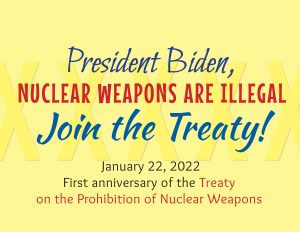
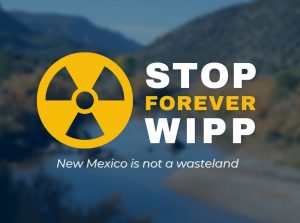






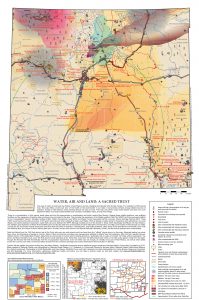
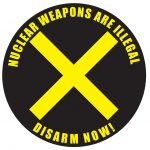
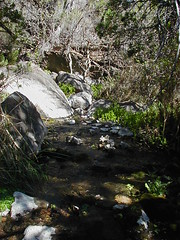

Comments
No comments so far.